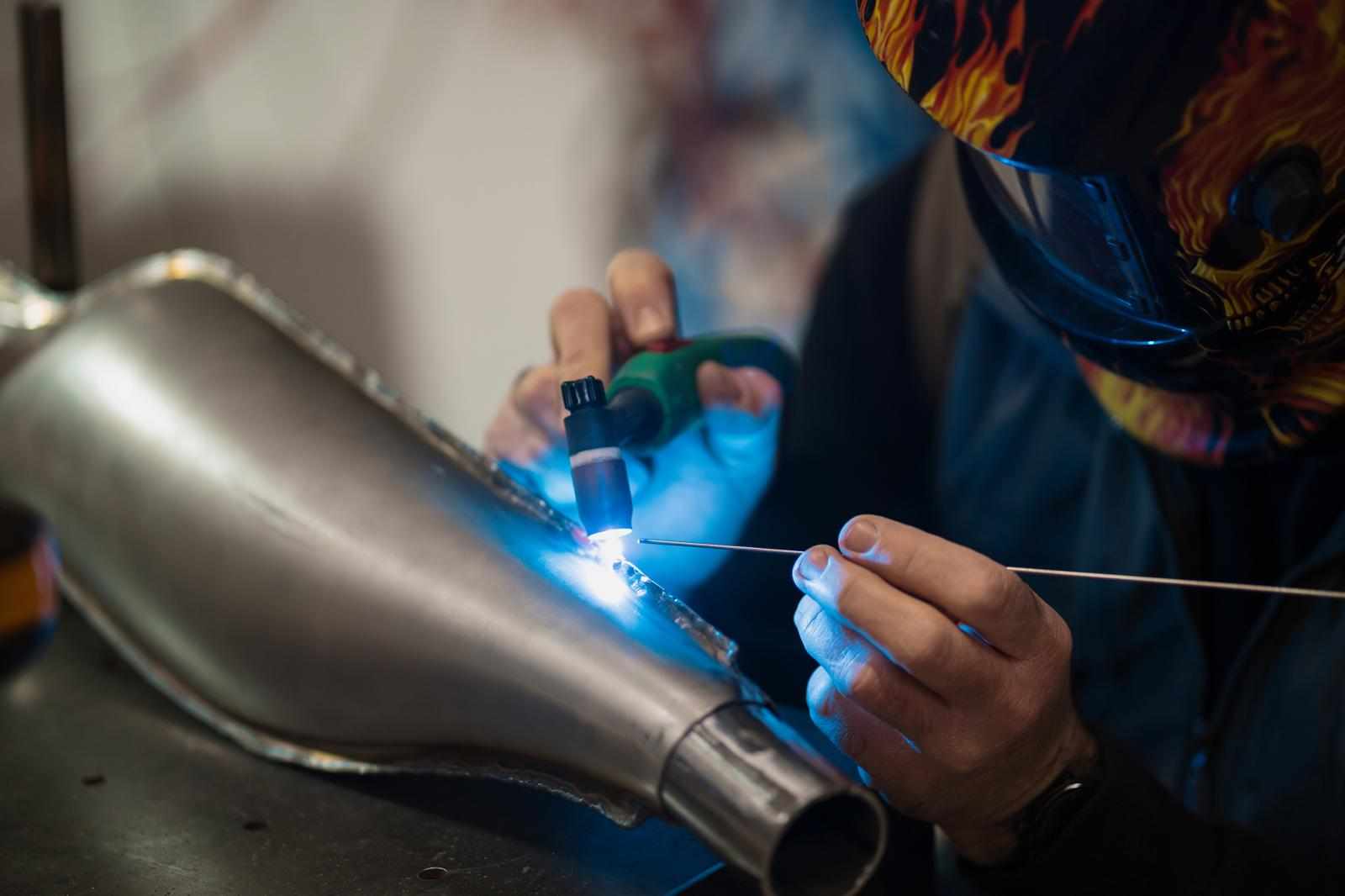Electroplating Market: Growth Strategies, Future Scope, Opportunities, and Key Segments
The ancient process of electroplating, in which a thin coat of another metal is plated onto a metal object using electric current, has remained an essential part of various industries. From automobile and electronics to jewelry and aircraft, the process adds corrosion resistance, beauty, and conductivity. As industries continue to seek higher finish and durability, the global market for electroplating continues to expand and develop.Key Growth Strategies:1. Technological InnovationAdvanced electroplating has replaced old chromium and nickel plating. Firms are investing in pulse electroplating and nanotechnology, which provide greater control over coating thickness, uniformity, and adhesion. These technologies not only result in better product quality but also lower operational cost and waste.2. Sustainability & Green ChemistryIn light of increasingly stringent environmental legislation, particularly in Europe and North America, the market is moving towards ecologically friendly plating solutions. These advances consist of cyanide-free plating, hexavalent chromium alternatives, and closed-loop wastewater treatment to reduce environmental footprints.3. Strategic Alliances and AcquisitionOrganizations are collaborating with chemical suppliers, equipment makers, and end-users to streamline supply chains and provide integrated solutions. Mergers and acquisitions are also helping organizations grow regionally and broaden service offerings.4. Specialization and CustomizationIn order to serve niche markets like aerospace or medical devices, electroplating suppliers are providing value-added coatings that satisfy specific biocompatibility, wear, and conductivity specifications. These specialty services have high margins and long-term agreements.Future Scope:1. Growth in Electric Vehicles (EVs)As EVs gain popularity, there will be a rising demand for electroplated items like battery connectors, bus bars, and control units. Electroplating ensures that such items have high conductivity and corrosion-resistant capabilities.2. Convergence with Additive ManufacturingElectroplating and 3D printing are converging more and more. Additive manufactured metal parts are getting electroplated to enhance strength and surface finish. All this is opening up new avenues in aerospace, defense, and biomedical fields.3. Microscale ElectroplatingAs the electronics industry shifts towards smaller components, particularly in smartphones and wearables, micro electroplating is increasingly becoming popular. It enables thin coatings on microcircuits and connectors, which are critical for performance and longevity.4. Circular Economy and RecyclingIn an effort to cut down on the use of virgin metals, the industry is also looking into electroplating as a way of recycling already utilized parts, particularly in the industrial and automotive sectors. This aligns with international sustainability objectives and provides cost-effective avenues to manufacturers.Opportunities:1. Medical Device CoatingsWith the healthcare field expanding, also expands the need for corrosion and biocompatibility on devices such as pacemakers, implants, and medical devices. A high-margin, high-regulation, premium business.2. Decorative Finishing in Consumer GoodsElectroplating isn't merely functional--it's attractive, too. Watch, high-end, and consumer appliance industries are tapping into electroplating to provide bright-gloss gold, silver, or bronze coatings. Behind this is pressure coming from emerging economies for high-quality consumer products.3. Aerospace ApplicationsStringent conditions within aviation require light but extremely resistant coatings. Electroplating of aircraft parts with cadmium, nickel alloys, and titanium provides wear resistance, thus a high-value opportunity for specialist players.4. Urban Building and InfrastructureModernization of infrastructure, particularly within developing economies, is creating opportunities for corrosion-resistant coatings on structural steel. Electroplating increases the lifespan of buildings, bridges, and railway networks segments with gigantic growth prospects.Key Segments:1. By Metal Type• Nickel: Used extensively due to wear and corrosion protection.• Zinc: Most in demand due to cost-effectiveness and sacrificial protection.• Gold and Silver: Employed in electronics, high-end products, and medical equipment for conductivity and appearance.• Copper: Domination in the electronics industry due to improved conductivity.• Chromium: Best employed for hard plating in automobiles and industrial machinery.2. End-Use Industry• Automotive: Dominates with the largest share because of corrosion and decorative finish demand.•Electronics: Strong growth due to smartphones, semiconductors, and printed circuit boards.•Jewelry and Consumer Goods: Consistent demand for cosmetic coatings.•Industrial Machinery: Needs heavy-duty coatings to support harsh conditions.•Medical and Aerospace: Specialty but high-value uses with rigorous regulation requirements.3. By Region•Asia-Pacific: Dominating the market with more than 40% share, fueled by Chinese and Indian manufacturing leadership.• North America: Highly technologically advanced with aerospace and defense industry demand.• Europe: Green chemistry and regulation emphasis are changing product lines.• Middle East & Africa: Developing economies with growing demand for construction and consumer goods electroplating.Conclusion:The electroplating industry is undergoing a dynamic makeover, aligning old strengths with new imperatives for precision, sustainability, and customization. With technological advances and increasing uses in various industries, the industry is set to expand further. Strategic innovation, green business, and high-growth niche market focus will be the distinguishing factors in the next couple of years.




Write a comment ...